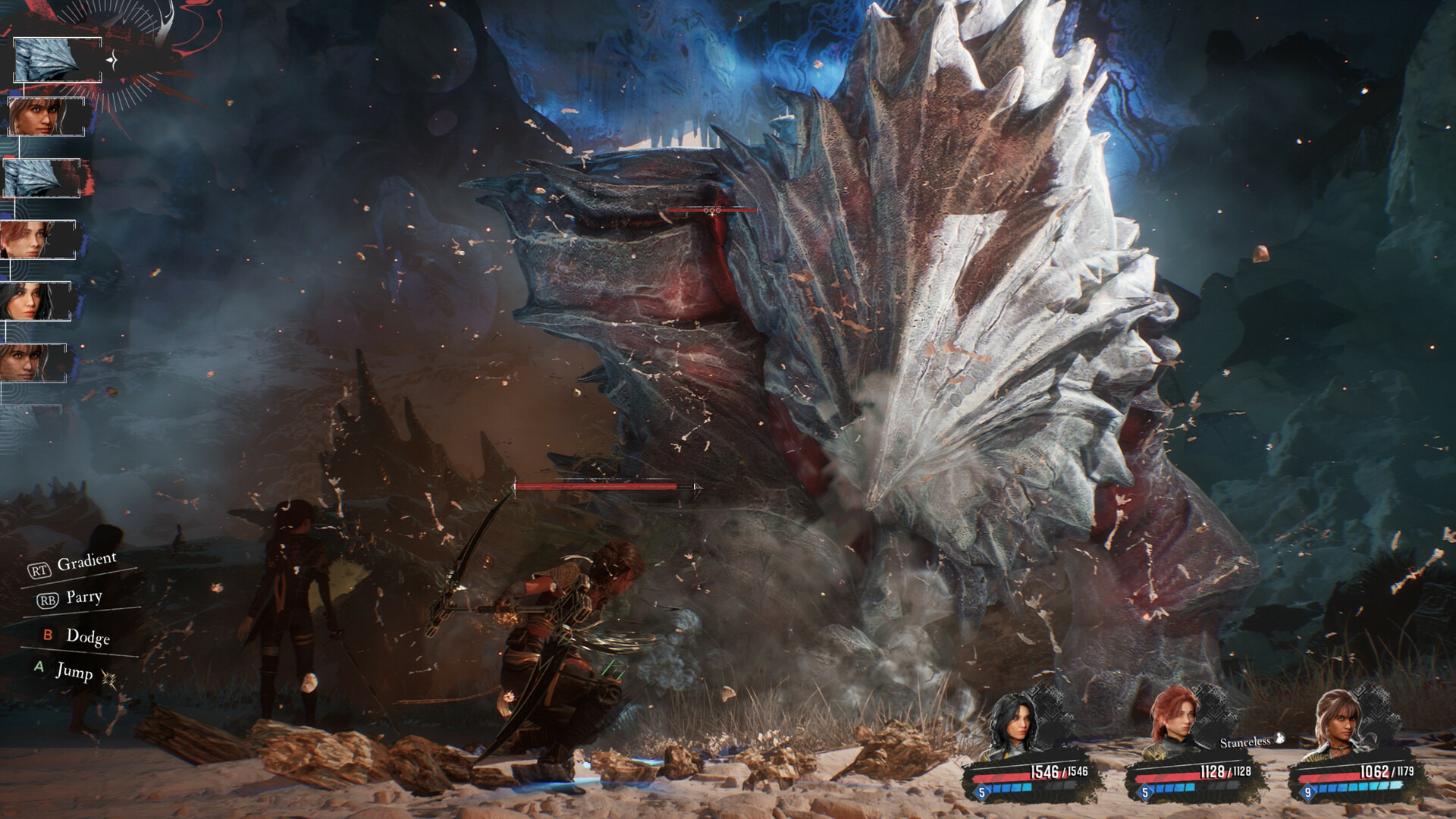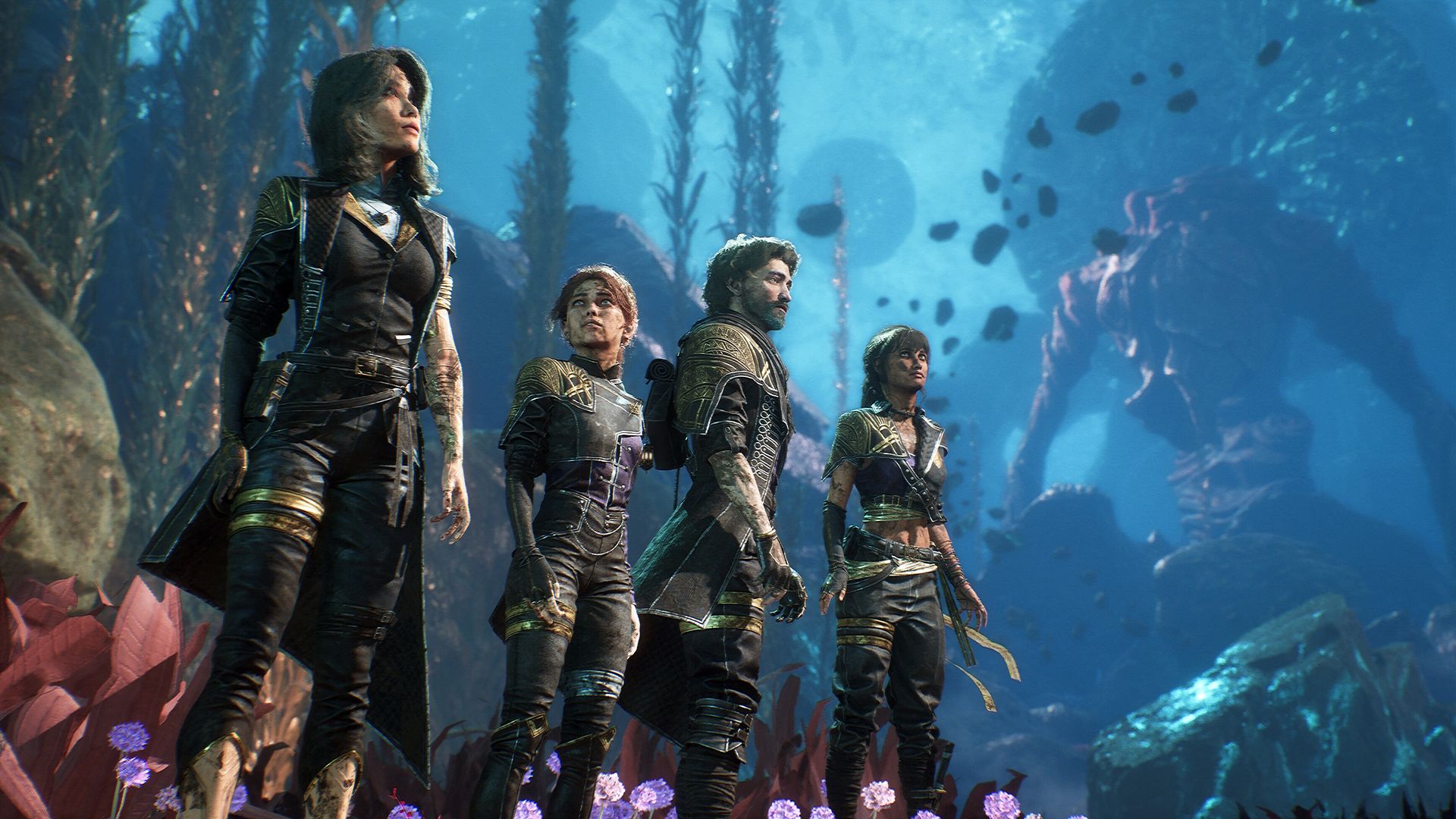Since the release of Clair Obscur Expedition 33, a number has been circulating extensively on social networks, in videos, and even in some press articles: “30 developers.” A small, almost artisanal team that would have created an RPG of considerable scope, visually sumptuous, featuring a combat system as demanding as it is elegant, and with an artistic direction rivaling the best Japanese studios. This narrative is captivating; it inspires admiration for the idea that talent, passion, and ingenuity can compete with productions boasting budgets in the tens or even hundreds of millions. Sandfall Interactive has indeed accomplished something remarkable, undeniably so. However, reducing Expedition 33 to a project born “from just 30 people” is, at best, imprecise, and at worst, it overlooks a significant portion of the work that enabled the game to reach this level of polish.
A TEAM OF 30 DEVS, IN REALITY MUCH MORE…—The Clair Obscur Expedition 33, an RPG developed by Sandfall Interactive, features a team of 30 developers. Despite this smaller size compared to larger studios, the game offers impressive visuals, a complex combat system, and art direction that rivals renowned Japanese studios. While this narrative is inspiring and suggests that talent alone can match large-budget productions, it may be misleading. Focusing solely on “30 developers” overlooks the extensive work that contributed to the polished state of the game.
Sandfall Interactive is indeed a studio consisting of approximately 30 to 35 in-house developers who were responsible for the game’s vision, mechanics, narrative, and universe. However, the game’s credits reveal the significant contributions of numerous external teams without which the game would not have been possible. Among these contributors are an eight-person Korean team focused on gameplay animation, a critical aspect given the game’s emphasis on timing and attack readability. Additionally, there are dozens of QA testing contributors primarily based in Poland, as well as individuals handling other less visible but essential tasks such as audio and vocal production. Notably, over thirty musicians, including a nine-person choir, were involved to create the game’s unique ambient sound. In fact, the number of external contributors for music alone exceeds the studio’s own headcount.
On the MobyGames page, a site that catalogs all teams involved in a game, separating pure development, including the musical part, reveals that considering the Korean team for animations and the Polish team for QA testing, well over a hundred people were involved in Clair Obscur Expedition 33. Furthermore, when taking into account all individuals who contributed to the project, the total surpasses 400 contributors.
A CONVENIENT ILLUSION, BUT DECEIVING
This is not the place to question Sandfall Interactive’s merit, far from it. The studio has demonstrated remarkable mastery in directing an ambitious project, coordinating multiple resources with coherence and rigor. However, presenting Clair Obscur as the work of a “small team of 30 people” is to deliberately (or not) overlook a significant part of the supporting work. And this is not trivial.
This phenomenon is not new, especially in the West, where it reflects a trend in the industry to minimize the visibility of external inputs, sometimes even rendering them invisible, particularly when they come from Asian studios or lesser-known providers for the general public. Sometimes, it is unintentional: journalists repeat press releases or viral anecdotes without further investigation. At other times, it is a deliberate construction because the narrative of “the small studio against the giants” is more appealing than the more complex reality of large-scale collaboration.
CELEBRATING THE GOOD THINGS, WITH THE RIGHT FIGURES
The Clair Obscur Expedition 33 expedition warrants celebration not for its purportedly small team of “30 developers,” but rather for its clear vision, strong artistic direction, and exemplary production management. This approach maximized the potential of its partners and resources. The success lies in the effective orchestration of efforts from various contributors, including an 8-person Korean team for gameplay animations, dozens of Polish QA testers, audio and vocal producers, over 30 musicians, and a 9-person choir, among others. When all contributors are considered, the total exceeds 400 individuals. This portrayal accurately reflects the extensive collaboration that brought Clair Obscur Expedition 33 to its polished state.
In summary: This game was not created by a team of 30 people; this claim is factually incorrect. It was supported by that core group but realized with contributions from many others. Acknowledging the broader involvement does not diminish its prestige but rather expands the recognition to all contributors, including those listed in smaller credits or sometimes omitted intentionally. There are numerous instances where Chinese or Malaysian subcontracting studios have been entirely left out of the credits, and this has occurred quite frequently over the past two decades… But that is a separate topic for another discussion with evidence provided.
Have any thoughts?
Share your reaction or leave a quick response — we’d love to hear what you think!


